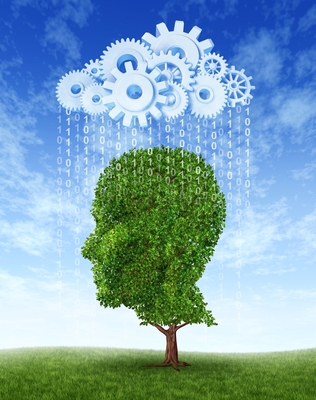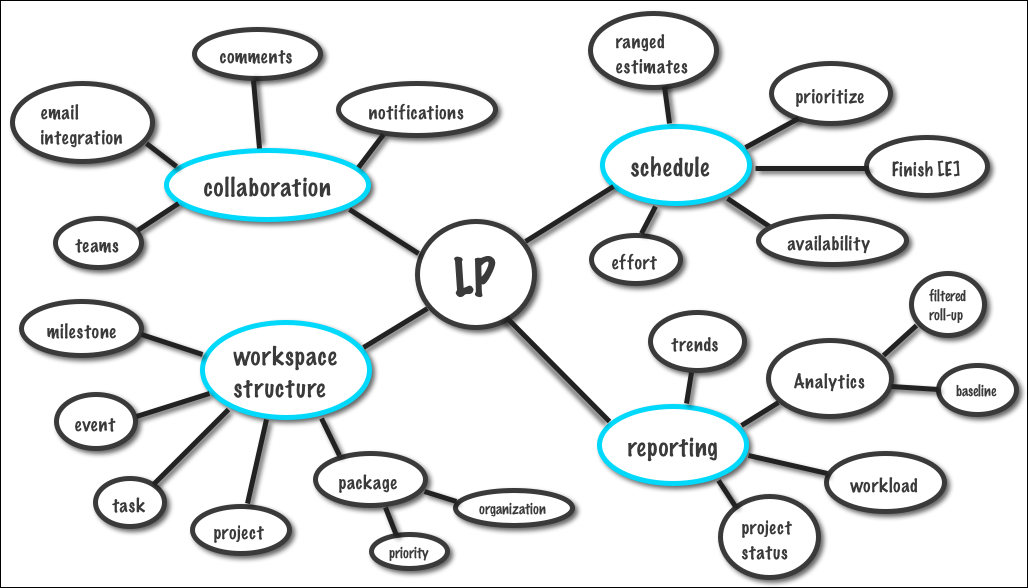As a member of LiquidPlanner’s Customer Success team, I think about learning a lot. I’d like you to take a moment and think about the last professional training session you attended – what skills did you effectively learn and implement in your work?
A substantial body of evidence suggests that the greater the learner’s involvement in the learning process, the greater the level of content acquisition. While you don’t have control over how the content is presented, there are a few things you can do to learn the key concepts from these training sessions and then actually use your new value-adding skills on the job.
Here are five tips to get the most out of your training experience:
1. Ask, Why?
Adults are just like kids — we want to know why we need to learn something before undertaking the learning process. Identifying the value of the presented information will help you retain it. It’s our experience in the LiquidPlanner Customer Success group that when teams understand some of the direct advantages of using LiquidPlanner (e.g., increased productivity and ROI) they have faster, more successful implementations. Knowing the immediate and measurable benefits will have a direct effect on your motivation to actively learn it.
Tips:
- Determine the purpose of the training and how it will help you.
- Pay special attention to the learning objective that is stated in the beginning of the session.
2. Have good “Learner Hygiene”
No, this isn’t about the smelly kid in class. Having good “learner hygiene” means starting a training session with a clean mental space by eliminating distractions. We’ve all heard that multitasking is bad for business, but it’s especially true with the learning process. Under most conditions, the brain simply can’t do two complex tasks at the same time. Skimming over an email may not seem like a high-level cognitive task to you, but it is for your brain. When your attention is divided during the encoding process for a new piece of information, you won’t remember the information as well, if at all. So, do your brain a favor and don’t make it compete for cognitive resources because you just had to take your turn in Words With Friends.
Tips:
- Silence your phone and close your email.
- Make a conscious effort to actively listen and participate.
- Don’t worry about memorizing information.
3. Build your background knowledge
Some of our best training sessions happen when our new customers have spent a bit of time exploring LiquidPlanner on their own. They’re familiar with the features, they’ve watched the videos, thought about how to model their workflow, formulated questions, and they know what specific areas they want to focus on. Or maybe they’ve simply tinkered with the product and want more information. In either case, the customers show up with their game faces on and are personally invested in the learning outcome. Even 15 minutes of self-directed learning will let us as trainers activate your prior knowledge and tackle topics that directly apply to you. Then, you can take those new skills and use them to solve real-world problems.
Tips:
- Read the trainer’s description or agenda.
- Spend some time going through the available help resources.
- Try out the program/process/skill on your own.
4. Use multiple modalities
Some people are auditory learners, others are visual and some learn kinesthetically. Even if you prefer one modality to another, you’ll learn better if you try to incorporate multiple pathways. Let’s say you’re in a training session and the presenter isn’t engaging you – the physical act of taking notes, even if you won’t refer back to them, will help you learn. Additionally, research shows that one of the most effective learning techniques is semantic mapping. So, if you’re a doodler, grab your notebook and draw a mind map (a web of key ideas that are linked to the details). After the session is over, describe what you learned to a colleague. The more regions of the brain that store data about a topic, the more interconnection there is and the easier it is for you to retrieve.
Tips:
- Take notes or draw a visual representation of important concepts.
- Engage in discussion during the session.
- Share what you learned with someone after the session.
5. Be self-directed
Central to Adult Learning Theory, most of us grown-ups believe that we’re responsible for our own lives. We do what we want! We learn better when we take charge and feel like we’re directing our own learning. So, if you don’t understand some of the training material, have the trainer elaborate or present it in a different way. If a topic wasn’t covered that you’re dying to know about, ask about it! Assessing your own understanding and recognizing when to ask for support is a huge part of active learning. And don’t forget to give yourself credit for your progress!
Tips:
- Take charge of your own learning outcomes.
- Ask clarifying questions.
- Use available resources to build upon your knowledge base.
So what do you think? Are there any tips we left out, or stories you want to share about how you transfer skills learned from training to your work? Drop a note in the Comments box!








